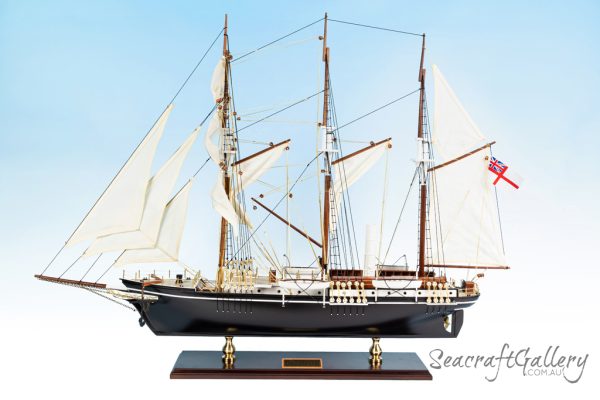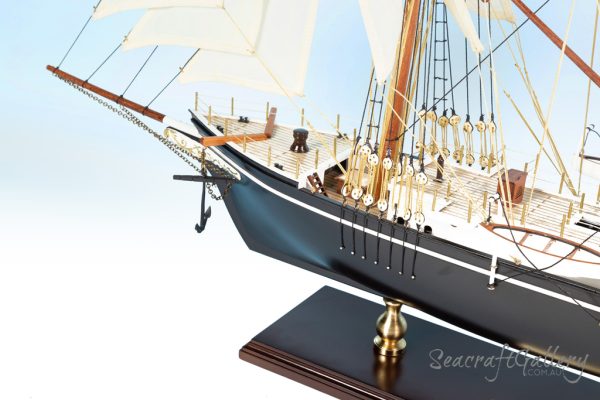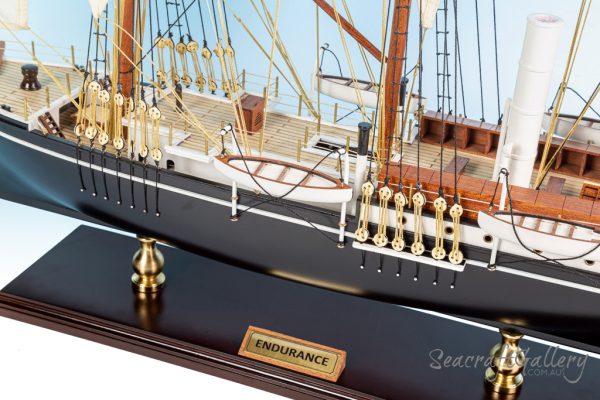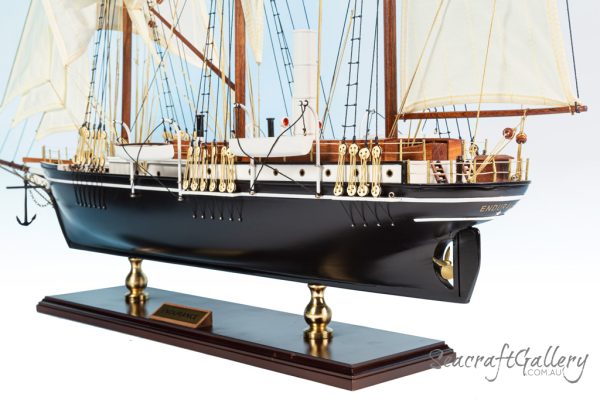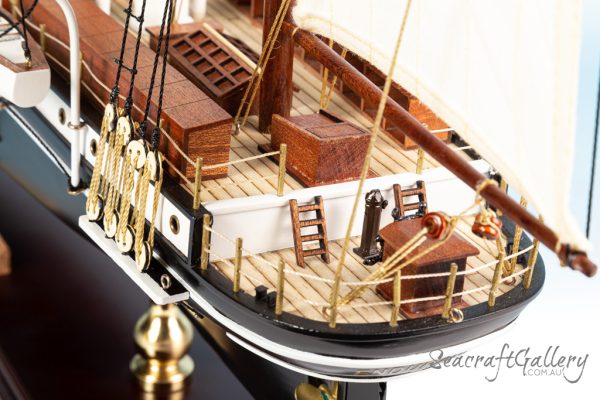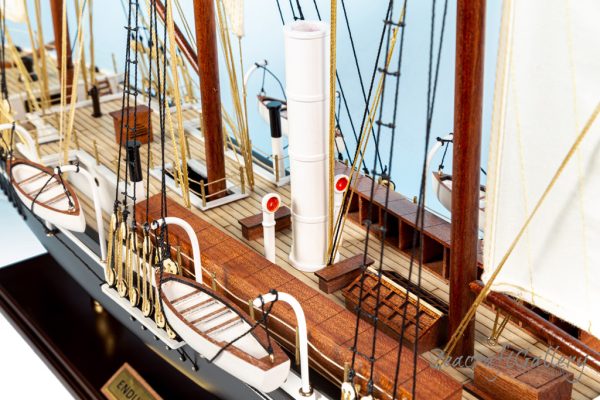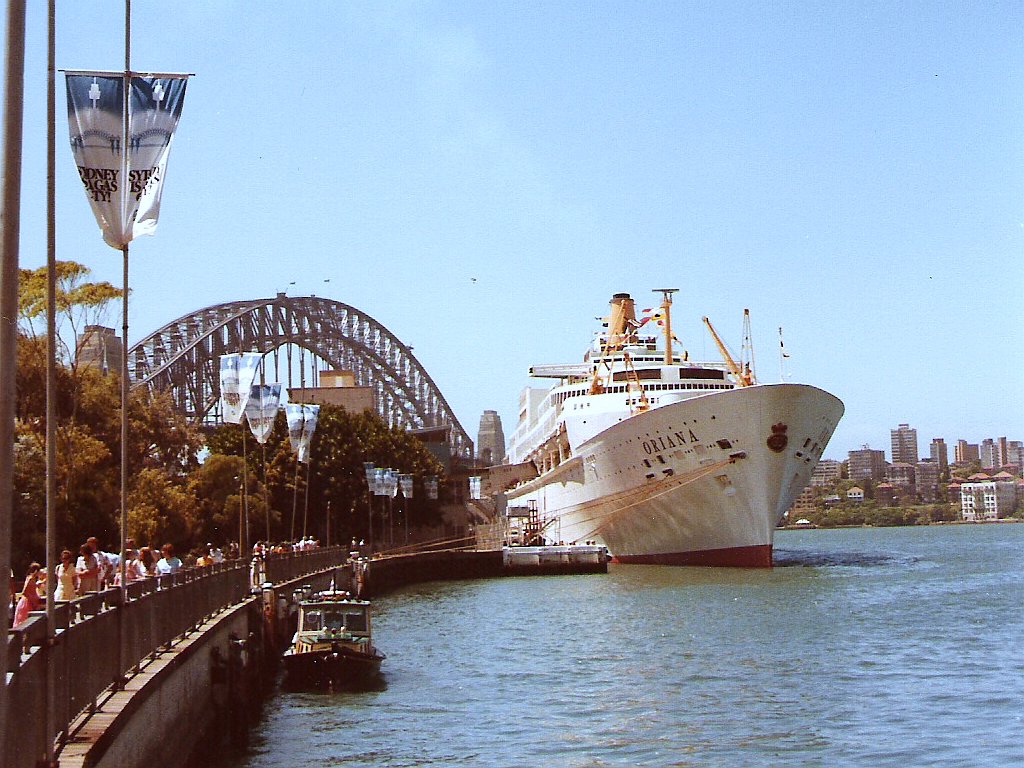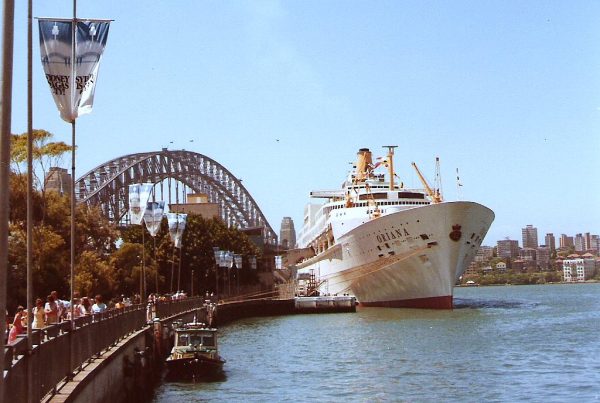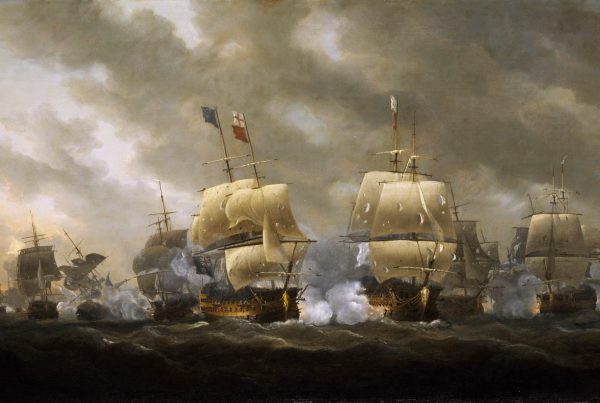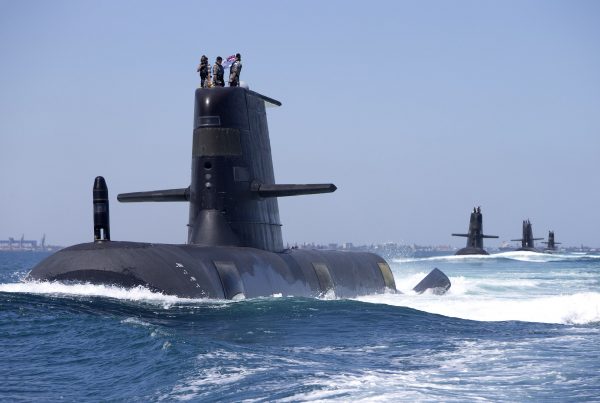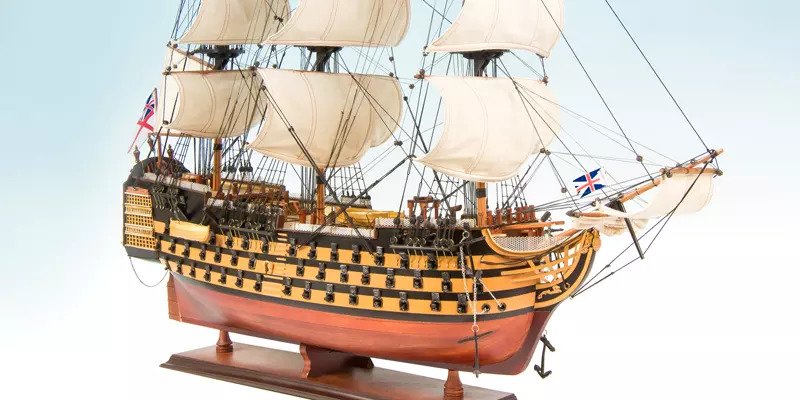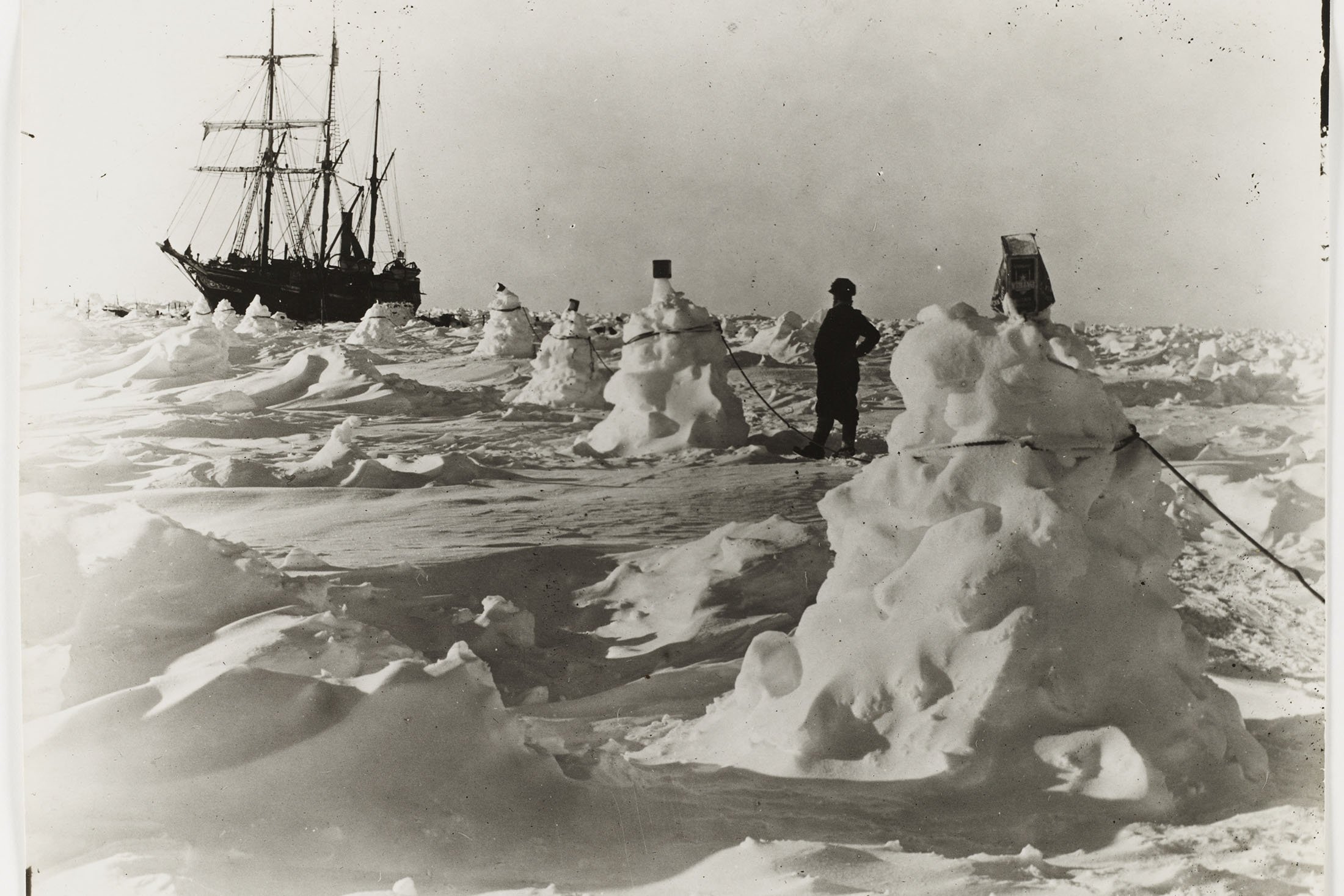
Endurance: A Tale of Perseverance and Heroism in the Antarctic
Introduction
In the annals of exploration, the story of the Endurance stands as a testament to human resilience, courage, and the indomitable spirit of adventure. This iconic ship, immortalized by Sir Ernest Shackleton’s ill-fated Imperial Trans-Antarctic Expedition of 1914-1917, has become synonymous with endurance in the face of overwhelming adversity.
The Journey Begins
The Endurance set sail from Plymouth, England, on August 8, 1914, under the leadership of Sir Ernest Shackleton. The expedition’s ambitious goal was to traverse the Antarctic continent from one side to the other via the South Pole. The crew, comprised of 28 men, believed they were embarking on a historic journey that would make them the first to cross the Antarctic continent.
The Endurance was a three-masted wooden ship, measuring 144 feet in length and equipped to withstand the treacherous conditions of the Southern Ocean. Little did the crew know that their vessel, aptly named “Endurance,” would be put to the ultimate test of endurance in the months that followed.
Trapped in the Ice
As the Endurance approached the Weddell Sea, it encountered unusually thick pack ice. Despite their best efforts, the ship became trapped on January 18, 1915, leaving the crew stranded in the frigid Antarctic wilderness. Shackleton, renowned for his leadership skills, faced the daunting task of keeping his men alive and maintaining their morale in the face of seemingly insurmountable odds.
For months, the crew lived aboard the immobile ship, hoping for the ice to release its grip. Shackleton realized the need for a plan B, and with the worsening conditions, he ordered the crew to abandon ship on October 27, 1915. The Endurance was slowly crushed by the relentless pressure of the ice, sinking beneath the frozen waters of the Weddell Sea on November 21, 1915.
The Journey on Ice
With the ship gone, the crew faced an arduous journey across the ice floes in a desperate attempt to reach solid ground. The men hauled their lifeboats and sledges through the harsh Antarctic terrain, battling freezing temperatures, hunger, and exhaustion. It was a grueling struggle for survival, and the crew’s reliance on each other became more crucial than ever.
Shackleton’s leadership played a pivotal role during this period. He maintained a delicate balance between authority and empathy, ensuring that the crew remained cohesive and focused on the shared goal of survival. The endurance displayed by each member of the expedition during this challenging trek solidified the ship’s legacy as a symbol of human perseverance.
Life on the Ice Floes
As the crew traversed the ice floes, they faced constant threats from the elements. The harsh Antarctic climate took a toll on their physical and mental well-being. The men endured frostbite, hunger, and the constant fear of the ice beneath them giving way. Yet, in the face of these challenges, Shackleton’s unwavering determination and optimistic demeanor buoyed the spirits of the crew.
The crew’s daily routine revolved around the struggle for survival. They camped on the ice, rationed their limited supplies, and faced the harsh reality of their predicament. Each member of the expedition became intimately acquainted with the meaning of endurance, as they battled not only the elements but also the uncertainty of their fate.
The Open Ocean Journey
Eventually, the ice floes began to break apart, forcing the crew into the open lifeboats. They faced the tumultuous Southern Ocean in a desperate bid to reach Elephant Island, a desolate and inhospitable landmass. The journey across the open ocean in small, fragile lifeboats was a testament to the crew’s resilience and the endurance of the human spirit in the face of adversity.
Elephant Island offered a brief respite, but Shackleton knew that rescue was still uncertain. Leaving a skeleton crew behind, he set out on an epic 800-mile open-boat journey to South Georgia, where he hoped to find help. The small lifeboat, named the James Caird, battled monstrous waves and fierce winds, facing the constant threat of capsizing. The journey was a daring testament to the crew’s endurance and determination to survive.
Rescue and Legacy
Miraculously, Shackleton and a small crew reached South Georgia, and after a grueling overland journey, secured help. The remaining crew on Elephant Island were eventually rescued in August 1916, more than a year after the Endurance became trapped in the ice. Despite the hardships, Shackleton’s leadership ensured that not a single life was lost during this incredible saga of endurance.
The story of the Endurance remains a symbol of human resilience, leadership, and the unyielding spirit of exploration. Shackleton’s ability to keep his crew focused on survival and his refusal to succumb to despair are enduring lessons in the face of adversity. The legacy of the Endurance lives on, not only in the annals of exploration but also in the hearts of those inspired by the triumph of the human spirit against all odds.
Seacraft Gallery – October 2023











